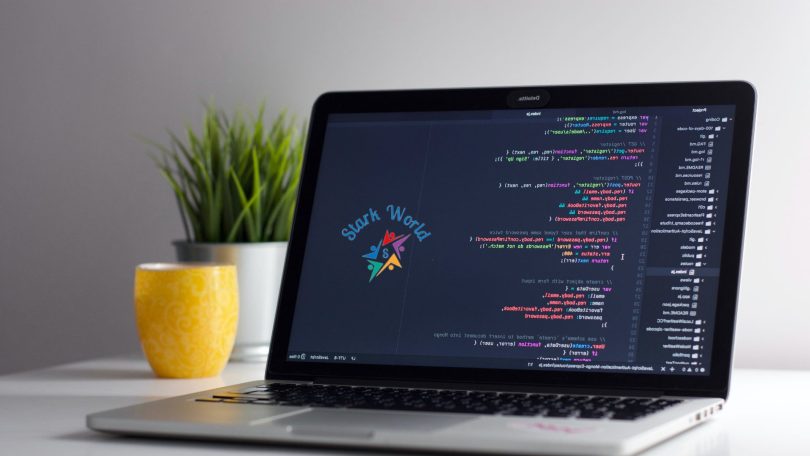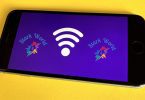There’s no denying that the digital world is rapidly expanding, and coding is becoming an increasingly valuable skill. Whether you want to build your website, create a mobile app, or simply enhance your job prospects, learning how to code can open up a world of possibilities. This guide is designed to help beginners navigate the world of coding. Let’s start this exciting journey!
Why coding is important
Today, technology is ingrained into almost every aspect of our lives. From our smartphones to our cars, the digital revolution has transformed the way we live, work, and communicate. Coding – the process of creating instructions for computers using programming languages – is at the heart of this revolution. It allows us to solve problems, automate tasks, and create innovative products and services.
Benefits of learning to code
Coding offers numerous benefits. It promotes logical thinking and problem-solving skills, which are valuable in various aspects of life. It also opens up a plethora of career opportunities in diverse sectors such as technology, finance, healthcare, and more. Moreover, it gives you the power to create and innovate – from designing websites and games to automating tasks and analyzing data. Finally, it allows you to be part of a global community of coders, fostering collaboration and continuous learning.
Step 1: Choose a Programming Language
Overview of popular programming languages for beginners
There are many programming languages to choose from, each with its strengths and uses. Here are some programming languages that are easy for beginners to learn:
Python: Known for its simplicity and readability, Python is often the first choice for beginners. It’s widely used in data analysis, machine learning, web development, and more.
JavaScript: This is the language of the web. If you’re looking to pursue a career in web development, it’s crucial to learn JavaScript. It’s an essential programming language that you cannot afford to ignore.
Ruby: Ruby is another beginner-friendly language known for its elegant syntax. It’s popular in web development, particularly with the Ruby on Rails framework.
Factors to consider when choosing a programming language
Choosing your first programming language can be daunting. Here are some factors to consider:
Your Goals: What do you want to achieve with coding? If you are keen on pursuing web development, it is highly recommended that you acquire proficiency in HTML, CSS, and JavaScript. If you’re drawn towards data science, Python or R would be a good start.
Ease of Learning: Some languages are easier for beginners to grasp. For instance, Python has a simpler syntax compared to languages like Java or C++.
Community and Resources: A strong community and plentiful learning resources can make the learning process smoother.
Step 2: Set Up Your Development Environment
Install necessary software and tools
Once you have made a decision on which programming language you want to use, the next step is to set up your development environment. It’s crucial to have a suitable development environment that meets the requirements of your chosen programming language.
This typically involves installing a text editor or Integrated Development Environment (IDE), and possibly other tools depending on the language. For example, if you’re learning Python, you might install an IDE like PyCharm or a text editor like Sublime Text.
Configure your IDE or text editor
After installation, you’ll need to configure your IDE or text editor based on your preferences. This can involve setting the theme, adjusting the font size, or installing plugins to enhance functionality. Take some time to explore the features of your chosen tool and customize it to your liking.
Step 3: Learn the Basics of Coding
Understand variables, data types, and operators
The foundation of coding involves understanding variables, data types, and operators. Variables are like containers that store data, data types define the kind of data that can be stored, and operators are symbols used to perform operations on data. Getting a solid grasp of these concepts is crucial for writing effective code.
Explore control structures like conditionals and loops
Control structures determine the flow of your code. They include conditionals (like ‘if’, ‘else’, and ‘switch’ statements) that execute code based on certain conditions, and loops (like ‘for’ and ‘while’ loops) that execute code repeatedly until a certain condition is met. Understanding these structures will enable you to create complex and dynamic programs.
Step 4: Practice, Practice, Practice
Start with simple coding exercises
As with any skill, practice is key when learning to code. Start with simple exercises that challenge you to apply what you’ve learned. Many online platforms like Codecademy, HackerRank, and LeetCode offer interactive coding exercises.
Create small projects to apply your knowledge
Once you’re comfortable with the basics, start working on small projects. This could be as simple as building a calculator, creating a webpage, or automating a repetitive task. Projects not only help you apply and solidify your knowledge but also give you something tangible to show for your efforts.
Step 5: Join Coding Communities and Seek Support
Find online forums and communities for beginner coders
Coding communities are a great resource for beginner coders. They provide a platform to connect with other learners, ask questions, and get support. Look for online forums or communities that cater specifically to beginners in your chosen programming language. Some popular coding communities include Stack Overflow, Reddit’s r/learnprogramming, and Discord servers dedicated to coding.
Participate in coding challenges and competitions
Coding challenges and competitions are a fun way to test your skills and learn from others. Platforms like HackerRank, Codeforces, and Topcoder offer regular coding challenges that you can participate in. These challenges often have leaderboards and allow you to see how you compare to other coders. They can also help you discover new techniques and improve your problem-solving abilities.
Attend coding meetups and workshops
If you prefer in-person interactions, consider attending coding meetups or workshops in your area. These events bring together coders of all levels, providing opportunities to network, learn new skills, and get inspired. Meetup.com is a great platform to find coding-related events happening near you.
Seek mentorship or join coding bootcamps
If you’re looking for more structured learning and guidance, consider seeking mentorship or joining a coding boot camp. A mentor can provide personalized guidance and help you navigate the learning process. Coding boot camps are intensive programs that teach coding skills in a short period. They often have experienced instructors and a supportive learning environment.
Conclusion
Learning to code can be a challenging yet rewarding journey. By following these steps and utilizing the available resources, you can make the learning process smoother and more enjoyable.
Remember to be patient with yourself, practice regularly, and seek support from coding communities. With determination and perseverance, you’ll be well on your way to becoming a proficient coder.







